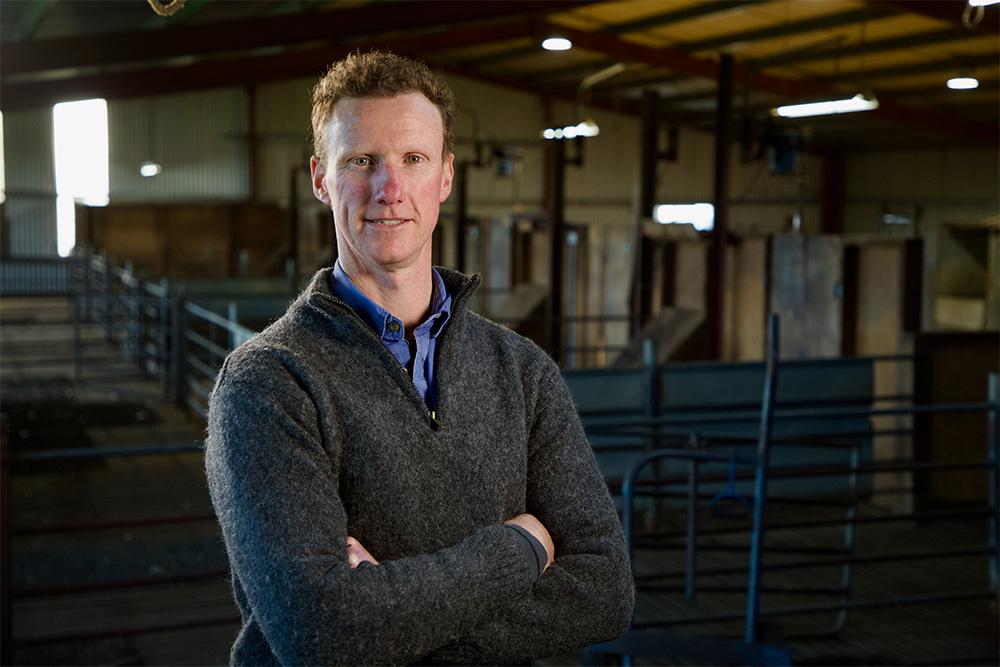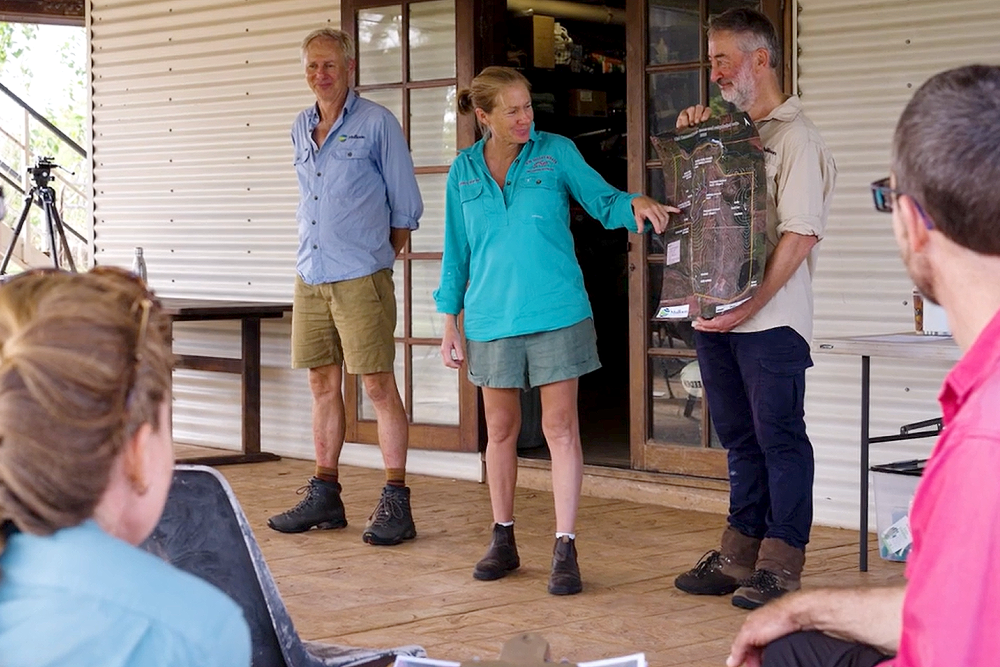Nick Ormsby, owner of Razor Rock Farm in the Northern Territory, understands that water really is the essence of life. When you’re looking after 35 hectares and over 72,000 mango trees, good water management is essential for his business.
Thanks to the Future Drought Fund, as part of the Northern Hub soil moisture monitoring project delivered by Northern Territory Farmers Association, Razor Rock Farm is transforming the way they irrigate with the use of water probe technology.
‘Irrigation is the lifeblood of all our crops here and we need to manage it in the best way possible’ Nick said.
The weather across the Northern Territory fluctuates throughout the year, with hot dry weather conditions from September to November, then the arrival of the wet season, then back to dry conditions. Ensuring precise water management across Nick’s 35 hectares makes great business sense and perfect environmental sense too.
‘Water probes have greatly helped us with our management. Just when to water, when not to water, how much moisture, how little moisture you know, what the weather’s doing, delta T, all those sorts of things, fertiliser applications too, so it's a great management tool’.
The practical benefits of this technology are being felt right across Nick’s business. From remote monitoring capabilities through to better financial gains from improved water efficiency, smart farming is key to Nick’s success.
‘The long-term advantage of having water moisture technology is that we can predict how much water we're going to use a year. We'll be able to save money by not pumping when we're not needing to pump, we'll be able to stay inside of our water regulations and we'll be able to save water because every drop counts’.
The improved technology also has long term environmental benefits for Nick’s business too. Allowing better preparation and planning for changing climate conditions.
‘We'll be able to predict what we need rather than be reactive. I think all seasons are changing quite a bit now. There's no year the same. Just because what happened last year, will not be the same this year. Some months are hotter, some are cooler’ Nick said.
Discover how Razor Rock Farm is pioneering the use of water probe technology to build their drought and climate resilience.
Video duration: 2mins 58 secs
Introduction
This is the transcript of a video case study produced by the Northern Hub as part of the modern soil moisture monitoring project delivered by Northern Territory Farmers Association. The project is funded by the Australian Government’s Future Drought Fund (FDF) and outlines how a farmer in the Northern Territory is utilising water probe technology to maximise water efficiency.
Learn more about the Future Drought Fund.
Transcript
[Recording begins]
Video begins [0:00]
Music plays.
Nick Ormsby [0:04]
My name’s Nick Ormsby, I’m the owner of Razor Rock Farm. We have about 35 hectares and 72,000 trees.
Irrigation is the lifeblood of all our crops here and we need to manage it in the best way possible. Sort of September to November is usually very hot, it’s 35 degrees plus days right through until about December, when it starts raining. And then the wet season will run from there till about the end of April, then it’ll dry off so there’ll be no rain until approximately November again.
Water probes have greatly helped us with our management, just when to water, when not to water, how much moisture, how little moisture. You know what the weather’s doing, delta T and all those sorts of things… fertilizer applications. So, it’s a great management tool.
And I think you really need to have something like that to save water and use it sparingly.
Water probes have optimised our irrigation, by when and how much irrigation we’re going to apply, when the ground’s getting too wet or too dry, or if we want to stress something by water or no water.
NT Farmers and James DeBaro organised the probe. They came and put the probe in the ground for us and set up all our logins. So, for us it was quite easy… it was all part of their program.
We’ve got a login. It’s updated every half hour, so I can look on my computer or phone and look at the graphs to see where the water is at. I can in Brisbane and check what water we are using; I could be in America and check what water we’re using.
The long-term advantage of having water moisture technology is that we can predict how much water we’re going to use a year. We’ll be able to save money by not pumping when we’re not needing to pump. We’ll be able to stay inside of our water regulations and we’ll be able to save water, because every drop counts.
The savings of having technology like this on our farm is greatly warranted, definitely smarter farming.
With our water probe and our weather station. We can forecast sort of, what water we need and when to water, when we’re fertilizing and when we’re not fertilizing.
I think trends will help us dramatically. We’ll be able to predict what we need rather than be reactive. I think all seasons are changing quite a bit now. There’s no year the same. Just because what happened last year, will not be this year… so some months are hotter, some months are cooler.
Being involved in this program has been a straightforward process and a success.
Water efficiency is everything on a horticultural crop like this and it’s just a no-brainer not to be maximizing this technology.
Recording ends [2:57]
End screen displays NT Farmers logo and NT Farmers website ntfarmers.org.au for more information. Also says the project is supported by the Northern Hub, through funding from the Australian Government’s Future Drought Fund and displays the logos of Department of Agriculture, Fisheries and Forestry and the Future Drought Fund. Funding was also provided by the Northern Territory government and this logo is also displayed.



